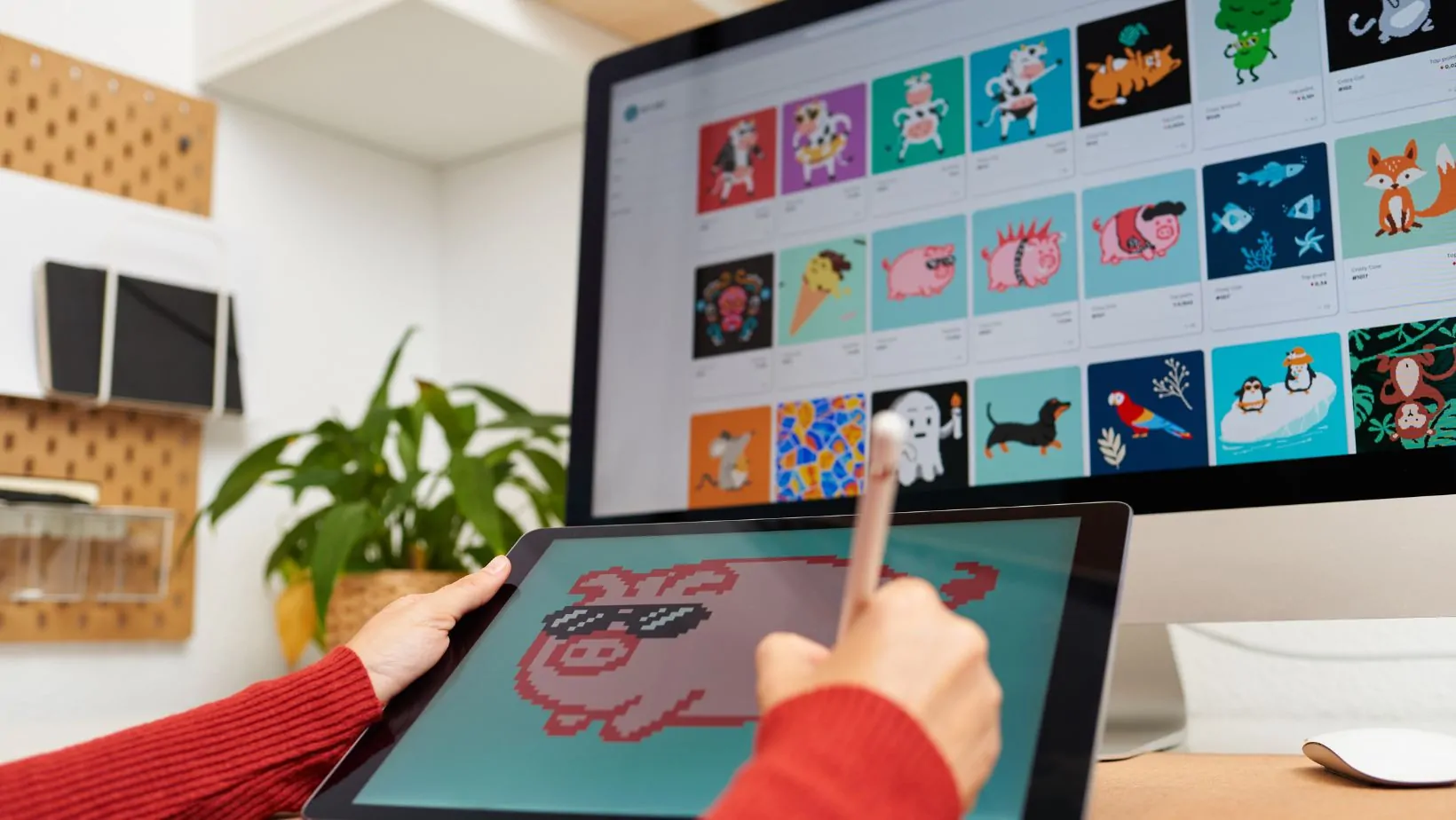From ancient cave paintings to the masterpieces of the Renaissance, art has always been pushed by human creativity and the technological developments of the time. The dawn of the digital age ushered in a new era for art. In the 21st century, artists use cutting-edge software and innovative tools to create high-quality digital artwork that is breathtaking in its level of creativity and accessibility. In this article, we explore technology’s impact on creativity and digital art.
Table of Contents
ToggleDigital Art in Commercial Applications
Art probably isn’t the first thing that comes to mind when most people think of online casinos, but that’s okay. When a person logs onto a website to play slots or other casino games, it’s the digital art that makes it welcoming and visually appealing. While most people focus on the gameplay, it’s this art that makes these games attractive and immersive. Digital art also plays a role in improving the user experience. When developers do it right, the user interface is intuitive with visually appealing design elements, all of which make navigating the website easy and enjoyable. When it comes to the games themselves, digital art improves the graphics and plays a role in enhancing interactive features, helping these online platforms deliver entertaining gaming experiences.
Evolution of Digital Art
The history of digital art is a rich one, dating back to the mid-20th Century when computer graphics were still in their infancy. Digital art emerged in the 1960s when artists and engineers began experimenting with computer-generated images. In the early days of digital art, mainframe computers and basic software were often employed for larger projects. However, with the advent of personal computers in the 1980s, a greater variety of artists had access to digital media. These advances culminated in key innovations that launched the graphic design revolution: such developments as Adobe Photoshop in 1988 and Illustrator in 1987.

Compared with their predecessors, these tools gave artists an unprecedented range of capabilities for editing and creating detailed designs. As technology marched forward, so too did the software, incorporating new features like layers and filters (both in use by 1990). The 2000s saw further leaps in innovation with the mass commoditization of digital tablets and styluses – making it all that much easier for artists to draw naturally in a digital environment. Digital art today encompasses everything from 3D modeling software to virtual reality environments. It shows no signs of slowing down or approaching limits on what can be achieved through digital creativity.
Digital Tools and Software
A host of sophisticated tools and software today provides the modern digital artist with a rich palette from which to work. For the artist, tools like Adobe Photoshop and Illustrator are essential and form a critical part of the production process–features such as layers, masks, vector editing, and more. This sort of tool can let one manipulate digital pictures in the fine qualities of reality and create novel designs with delicate touches for detail. Together, AI and machine learning represent another breakthrough for digital artists. Art generated by algorithms, for example, can produce new and often surprising visual forms, which are known as generative art. AI-assisted design tools such as Adobe Sensei automate repetitive tasks in the creative process and make intelligent suggestions.

They not only help designers produce higher-quality work more efficiently and rapidly but also make creation easier. In the field of 3D modeling and animation, products like Blender, Maya, and ZBrush have established themselves as essential applications. These tools permit artists to create realistic models and animations, taking the realism of digital art to its limits. The effect of these advances is especially clear in areas like gaming and film. Here, the quality of 3D models or animations can play an important role in making games and films stand out. This fusion of advanced software and AI has greatly expanded the range of potential applications for digital artists. Future advances will continue to give digital artists the tools to create impressive works of art.






